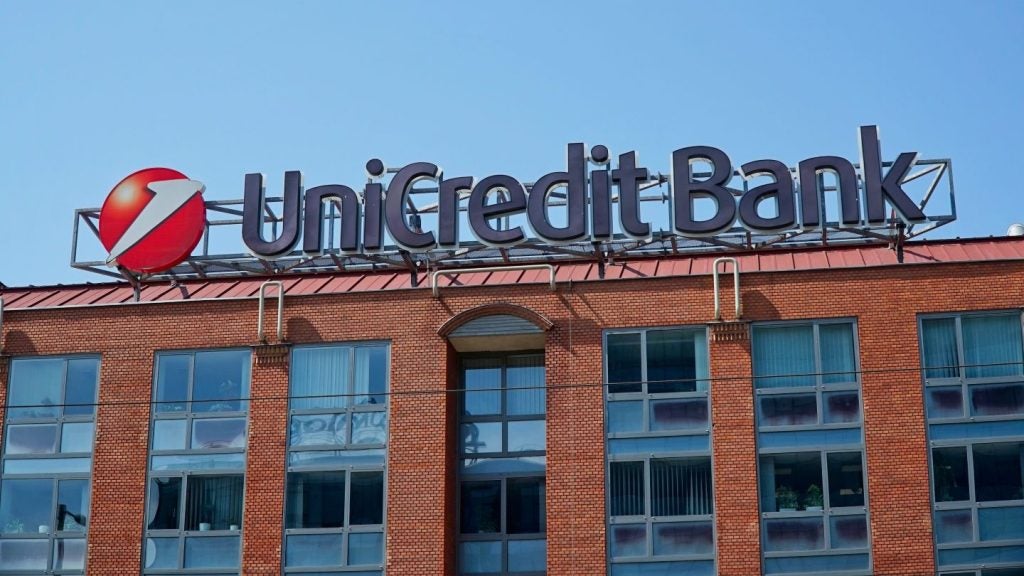While a ‘cashless society’ is often brought up in thinkpieces and discussions worldwide, there is only one region taking the initiative with this movement. Scandinavia is closest to truly being cashless, but how is the market shaping up? Patrick Brusnahan writes on this region with help from Timetric’s research
The cashless revolution is truly underway in Scandinavia. In Norway, reports say that only 6% of the population are still using cash.
According to Sweden’s central bank, the Riksbank, cash transactions made up barely 2% of all payments made in Sweden in 2015, a figure which has been predicted to drop to 0.5% by 2020.
Over the past 10 years, Danish banks have closed down every fifth cash machine and every second bank branch in the country.

Minimising cash
Banks in Norway are slowly adapting their branches into cashless locations. In 2014, 64 branches of DNB were made cashless. Similarly, Nordea stopped handling cash at all its branches in October 2015. This initiative is anticipated to accelerate the shift towards electronic payments.

US Tariffs are shifting - will you react or anticipate?
Don’t let policy changes catch you off guard. Stay proactive with real-time data and expert analysis.
By GlobalDataIn January 2016, Swedish banks expanded Swish, a mobile app for online transactions. While previously used for P2P and in-store payments, it has grown in popularity with 4.4 million users in Sweden as of June 2016.
In December 2015, $688.4m worth of transactions went through Swish, increasing to $892.3m in May 2016.
In addition, MasterCard launched its MasterPass digital wallet in association with Nordea, SEB and Swedbank in December 2015. ICA Banken and Resurs Bank also joined in early 2016. MasterPass users can shop online without having to enter payment and shipping information with every purchase.
Government policies, as well as a rising consumer preference, are aiding the push towards a cashless society. The Danish government proposed a plan in May 2015 that would allow certain retailers to refuse cash payments; it is expected to be implemented in 2016. Moreover, the government has set a deadline to make Denmark completely cashless by 2030.
This seems to be working, as cash payments are declining in Denmark. Cash transactions accounted for 35.7% of total payments in 2011 and this decreased to 28.1% in 2015. In comparison, in other developed European markets, cash took 44.1% of the overall volume.
The Swedish government is equally focused on bringing about a cashless society, a policy supported by retailers’ reluctance to accept cash.
Examples include retailer Kungsaengen and mobile phone retailer 3, neither of which accept cash. The payment cards market grew at a compound annual growth rate (CAGR) of 8.58% between 2011 and 2015.

Contactless technology
Norway is still in the early stages of adopting contactless technology, with only DNB, Danske Bank and Handelsbanken offering contactless cards.
In an attempt to increase uptake, banks are differentiating product offerings with new features. In 2016, Danske Bank rolled out its MasterCard-branded contactless cards with integrated fingerprint sensors in association with the Norway-based fingerprint authentication technology provider Zwipe.
It is the world’s first fingerprint-activated contactless card, combining authentication with convenient contactless technology.
In June 2016, debit network BankAxept partnered with Canada-based debit network Interac to accelerate a rollout of NFC-enabled mobile payment solutions.
Contactless technology is still in development in the Swedish market and only a few banks, such as ICA Banken and Danske Bank, offer contactless cards.
It certainly suffers from a lack of promotion from the bigger banks. ICA Banken is the largest issuer of contactless cards, with plans to issue 560,000 contactless payment cards by the end of 2016.
This seems fairly ambitious as Timetric estimates that, at the end of 2015, there were only 100,000 contactless cards in Sweden.
With the rising number of small businesses and street vendors accepting payment cards for small-value transactions, the introduction and further adoption of contactless is expected to drive the market’s growth.
According to Timetric, Denmark had the highest number of contactless terminals and the second-highest number of contactless cards in the Nordic region as of 2015.
In November 2015, there were 5.3 million contactless cards in the country – equivalent to 55.6% of overall payments cards – and 61,000 contactless POS terminals in the country, approximately 43.8% of the overall number of POS terminals.
To capitalise on its growing popularity, Danske Bank and Jyske Bank began offering contactless Dankort cards from August 2015. Contactless mobile payments are also gaining ground.
Nets entered into an agreement with JCB in April 2016, allowing merchants to accept Dankort debit card payments via smartphones using J/Speedy, JCB’s contactless technology. This can be used to make contactless payments up to DKK200 ($29.80); a security code is required for transactions above this amount.

Looking at alternatives
A number of new payment options have cropped up in Norway. Seqr was launched in January 2013, followed by MeaWallet in October 2014.
In October 2015, SpareBank 1 acquired mCash, which had 100,000 users and was accepted in 600 stores at the time of the deal.
Danske Bank also launched Mobile Pay in September 2015 in partnership with 100 retail outlets in Norway and with Rema 1000, a supermarket chain, in 2016.
In an attempt to increase consumer convenience, BankAxept is planning to launch a new online payment service in 2016, BankAxess, to allow customers to transfer funds from their account directly. The initiative is anticipated to increase the value of online and mobile payments.
Non-banking firms are starting to offer banking and financial services in Sweden. The invoice-based payment solution provider Klarna applied for a banking license in October 2015.
It is still awaiting approval from the Swedish Financial Supervisory Authority (FSA) and plans to offers savings accounts and debit cards.
A number of mobile POS (mPOS) providers are trying to capitalise on the increasing number of transactions made at retail outlets by foraying into the Danish payments industry.
The latest of these is the introduction of a cloud-based POS solution by startup Shopbox in April 2016. This solution aims to provide faster transaction processing at small merchants such as coffee shops, clubs and sports arenas. Shopbox’s POS solution runs on both iOS and Windows-based tablets.
In addition, iZettle launched the iZettle Card Reader Lite in February 2015, a chip-and-PIN card reader that can be connected to tablets and smartphones to accept card-based payments.
To expand its reach in the Nordic and Baltic regions, Nets signed a $255.5m agreement with Nordea in June 2015 to acquire its merchant acquiring business.
The agreement enables Nets to service 240,000 merchants across the Nordic and Baltic regions.
The company is also focused on the improvement of payment infrastructure and signed an agreement with Dansk supermarket in 2014 to upgrade its POS terminals with contactless technology.







